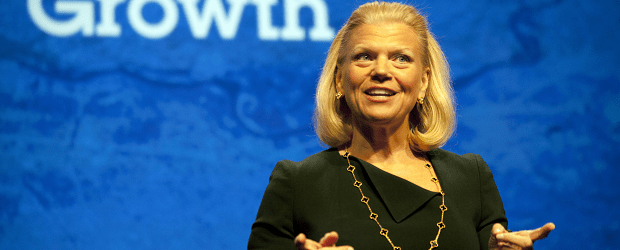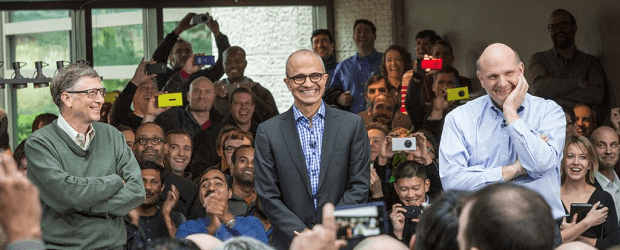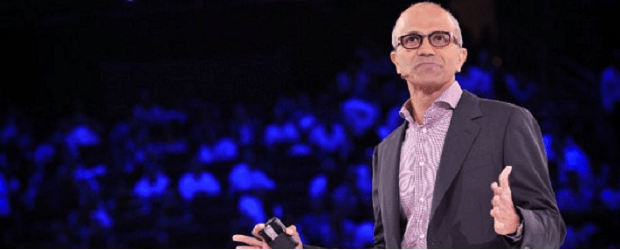The past month saw examples of two tech giants sending stay the course messages – one was for the better, one perhaps not so much.
Last month I attended IBM’s PartnerWorld Leadership conference. While there were the usual announcements of new products and partner programs, what struck me was the strategic direction articulated by CEO Virginia Rometty and new global channel chief Marc Dupaquier.
IBM is orienting its business towards three key growth opportunities – cloud computing, big data and engagement/social. And that’s not news to IBM partners – the vendor outlined these plays several years ago. The vendor has continued to invest billions though, though internal research and development and dozens of acquisitions, to put meat on the bones and build the products and programs to drive those key growth areas.
Sure, as a reporter looking for news it’s not as exciting a story. But this is the kind of predictability and stability that partners crave – a vendor that calls its shots and stands behind them with consistency of commitment and investment, allowing partners to plan their own business investments and make the moves necessary to align with IBM’s strategic direction. In this sense, even as it divests of businesses it no longer deems strategic, such as selling its x86 server business to Lenovo, partners get an admirable level of consistency from IBM.
The other major stay the course news last month came from Microsoft. After promising an extensive search for a successor to CEO Steve Ballmer that saw the names of a number of promising external candidates floated, Microsoft opted to stay the course by turning inside to promote Satya Nadella, most recently head of the company’s enterprise and cloud business, to the top job.
The choice of Nadella signalled no major changes were likely to the direction Ballmer and other Microsoft executives have already outlined: a shift from a software-focus to a strategy centred around devices and services.
Two cases of major tech giants staying the course, but both are not created equal. IBM has survived over 100 years because it has shown a nimbleness to, as Wayne Gretzky liked to say, skate to where the puck is going to be. By dumping its PC business some years back, and now x86 servers, IBM has demonstrated a readiness to change with the market and can divert those resources to support the long-term strategy it has outlined.
Microsoft, however, has not shown that same ability to make the tough decisions. It has become a lumbering giant with one foot in the legacy software world, trying to hang on to the past while at the same time executing a cloud and services play to which it seems a reluctant late convert – it resisted getting cloud religion longer than many of its more nimble competitors, and thus is starting from behind.
A newcomer as CEO would have meant a fresh perspective, and possibly the bigger gambles needed if Microsoft is to have the longevity of an IBM and truly execute its devices and services vision. And it would have sent a powerful message that everything was on the table at Microsoft.
Nadella will need to work harder if he’s going to be the change agent Microsoft needs, and not a caretaker for the status-quo.






